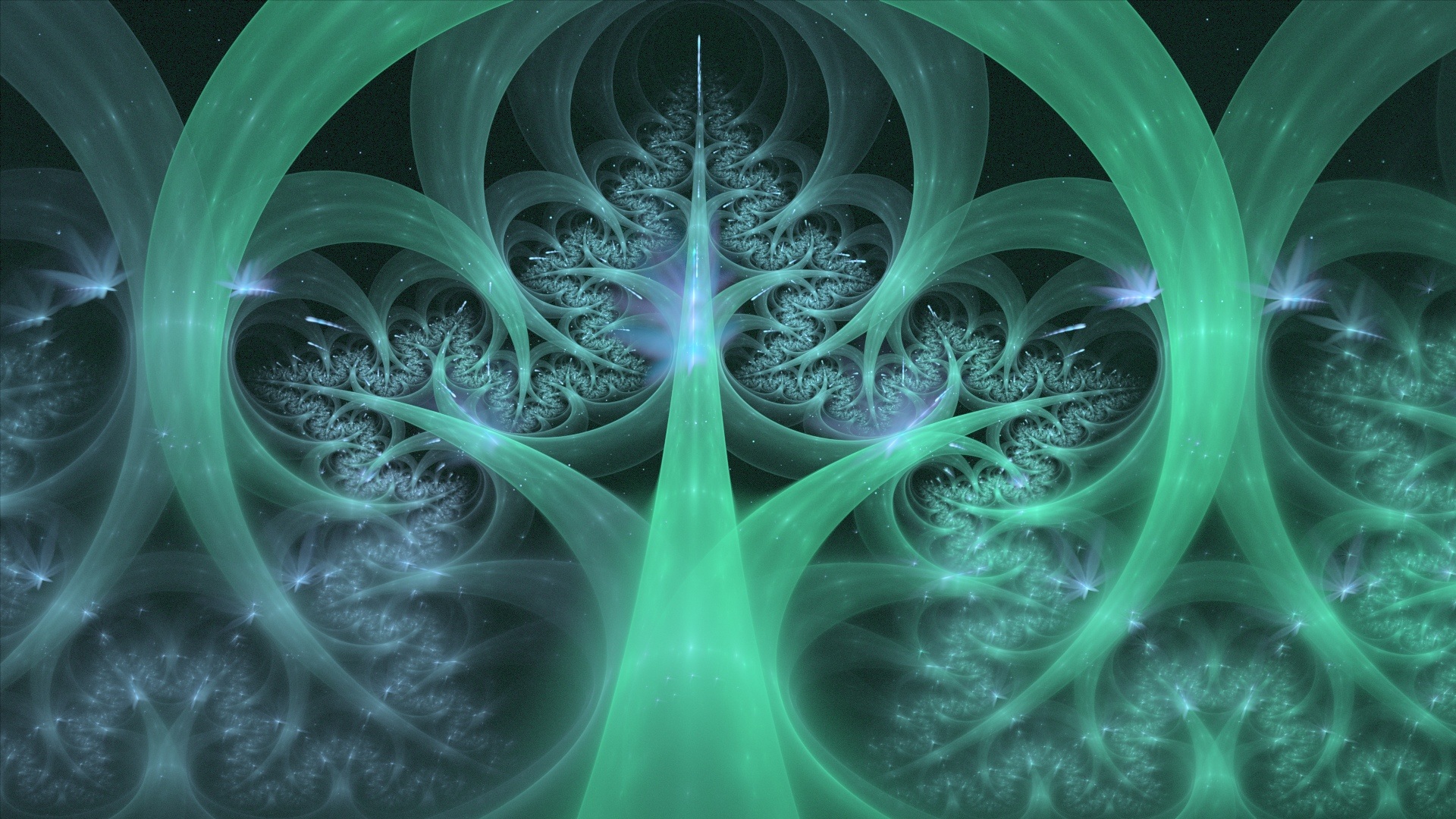Despite the fact that a raft of new states voted to legalize medical marijuana, and many voted to legalize even recreational use of the drug, there is still a lot of controversy surrounding cannabis use in the United States. The herb is still illegal at a federal level, and simply crossing a state line with your medical marijuana can turn you from a law abiding citizen into a felon with the potential to do some actual jail time.
The nation is now a patchwork of legal and illegal states. Many forward-looking jurisdictions have opened their eyes to the medicinal benefits of this ancient plant and are issuing suitable patients with an mm card. Unfortunately, many other jurisdictions are still convinced that pot is the devil’s pubic hair – poisonous, maddening, and deeply evil.
So why the controversy? Why do different states, and even different people, look at marijuana in such a different way?
Physicians of the 19th century had a great deal less complicated, synthetic, expensive (and massively profitable) pharmaceutical drugs at their disposal. But one treatment they relied heavily on, to treat labor pains, asthma, nervous disorders, sexual dysfunction, and even colicky babies, was a fluid extract of “Indian hemp extractums”, also known as Cannabis Indica. In the late 1800s marijuana was considered a “superstar” drug in America and Europe, with over 100 scientific studies published in the 19th century verifying its effectiveness.
MMJ was the most popular medicinal drug for much of the 19th century in America, only being overtaken slightly by morphine and aspirin towards the end of the century.
All was well. But then dark forces stepped in…
In 1937 the Marijuana Tax Act was introduced. This made possession, sale or transfer of cannabis within the United States illegal, apart from a few industrial exemptions which were massively taxed. This was a sad day in American legal history because the bill was passed based on extremely shaky evidence that dubiously suggested marijuana was addictive and lead to antisocial behavior. Preston Peet, in his book ‘Under the Influence: The Disinformation Guide to Drugs’ suggests that the real purpose of the prohibition on cannabis was to destroy the hemp industry, making synthetic fiber more valuable and enriching the fat cats who owned the synthetic fiber patents. Was it an early taste of how brutally, nation-destroyingly effective Washington lobbyists would become?
This new prohibition on marijuana really muddied the waters and confused a nation about the possible effects, good or bad, of marijuana. It lead to generations of people assuredly, proudly, fearfully, but ignorantly, exclaiming that weed ‘sent people crazy!’ and was a harmful ‘gateway drug’ that made people violent, destitute, and demented. Misinformation was peddled at a national level and millions of people were successfully brainwashed.
Thankfully we are now managing to claw our way, as a nation (some states quicker than others), out from underneath that particular rock. The light is bright, too bright for some, but we are slowly getting used to it.
A Renaissance is taking place. Rafts of genuine studies are being done, and the truth about marijuana and the medicinal benefits of using a California medical marijuana card are becoming irrefutably clear.
In the last few decades a host of studies have been done that show medical marijuana to have massive potential in treating a myriad of ailments and diseases. Conditions as diverse as nausea, anxiety disorder, vomiting, premenstrual syndrome, insomnia, migraines, multiple sclerosis, muscle spasms, spinal cord injuries, alcohol abuse, arthritis, asthma, atherosclerosis, bipolar disorder, depression, Huntington’s disease, sickle-cell disease, Parkinson’s disease, sleep apnea, Alzheimer’s disease, glaucoma, PTSD, and anorexia nervosa have all been successfully treated with the use of a 420 card.
Excitingly, it is looking promising that cannabinoids may also be a useful weapon in the battle against cancer, both its prevention and its treatment. Many studies on laboratory animals have now shown that cannabinoids can inhibit tumor growth. They appear to kill tumor cells without harming the surrounding healthy cells, mainly by inhibiting the process of angiogenesis, which is the formation of new blood vessels that tumors need in order to grow. This gives cannabinoids an advantage over chemotherapy, because the latter tends to destroy healthy cells as well as cancerous cells.
Studies have demonstrated that cannabinoids can be effective in killing cells from many types of cancers, including lung, thyroid, leukemia, skin, uterus, breast, colorectal, stomach, pancreatic, prostate, as well as a type of brain cancer called glioblastoma.
This is all very positive news and is adding to medical marijuana’s new, positive image.
Many doctors and physicians in medical cannabis-friendly states are now more willing than ever to learn about the benefits of MMJ, and are more open minded to prescribing their patients cannabis cards, than at any time since the late 19th century.
After almost 80 years of controversy, ignorance, and misinformation, this versatile and useful plant is coming in from the cold and taking its rightful, and uncontroversial, place at the top table of modern medicine.

